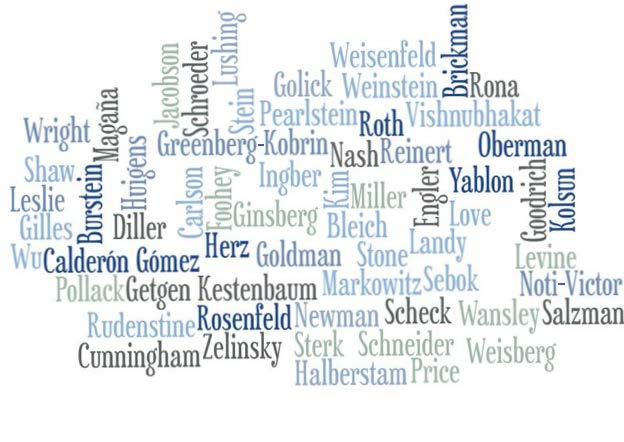Publication Date
3-2016
Journal
North Carolina Law Review
Abstract
The meaning of the Eighth Amendment’s Cruel and Unusual Punishment Clause has long been hotly contested. For scholars and jurists who look to original meaning or intent, there is little direct contemporaneous evidence on which to rest any conclusion. For those who adopt a dynamic interpretive framework, the Supreme Court’s “evolving standards of decency” paradigm has surface appeal, but deep conflicts have arisen in application. This Article offers a contextual account of the Eighth Amendment’s meaning that addresses both of these interpretive frames by situating the Amendment in eighteenth and nineteenth-century legal standards governing relationships of subordination.
In particular, I argue that the phrase “cruel and unusual punishment” was intertwined with pre- and post-Revolutionary notions of the permissible limits on the treatment of slaves. The same standard that the Framers adopted for the treatment of prisoners in 1787 was contemporaneously emerging as the standard for holding slaveholders and others criminally and civilly liable for harsh treatment of slaves. Indeed, by the middle of the nineteenth century, constitutional law, positive law, and common law converged to regulate the treatment of prisoners and slaves under the same “cruel and unusual” rubric. Thus, when the Supreme Court of Virginia referred to prisoners in 1871 as “slaves of the State,” the description had more than rhetorical force.
Going beyond the superficial similarity in legal standards, examining how the “cruel and unusual” standard was explicated in the context of slavery offers important insights to current debates within the Eighth Amendment. First, the contention by some originalists that the Punishments Clause does not encompass a proportionality principle is in tension with how courts interpreted the same language in the context of slavery. Indeed, relationships of subordination had long been formally governed by a principle of proportional and moderate “correction,” even though slavery in practice was characterized by extreme abuse. Second, to the extent that dynamic constitutional interpretation supports limiting criminal punishment according to “evolving standards of decency,” the comparative law frame used here raises questions as to how far our standards have evolved. This, in turn, should cause commentators and jurists to reconsider whether the twenty-first century lines we have drawn to regulate the constitutional bounds of punishment are adequate to advance the principle of basic human dignity that is thought to be at the heart of the Eighth Amendment.
Volume
94
First Page
817
Publisher
North Carolina Law Review Association
Keywords
Constitution, Eighth Amendment, Cruel and Unusual Punishment, Slavery, History, Punishment, Criminal Law
Disciplines
Constitutional Law | Jurisprudence | Law | Law and Gender | Law Enforcement and Corrections | Legal History
Recommended Citation
Alexander A. Reinert,
Reconceptualizing the Eighth Amendment: Slaves, Prisoners, and Cruel and Unusual Punishment,
94
N.C. L. Rev.
817
(2016).
https://larc.cardozo.yu.edu/faculty-articles/704
Included in
Constitutional Law Commons, Jurisprudence Commons, Law and Gender Commons, Law Enforcement and Corrections Commons, Legal History Commons


